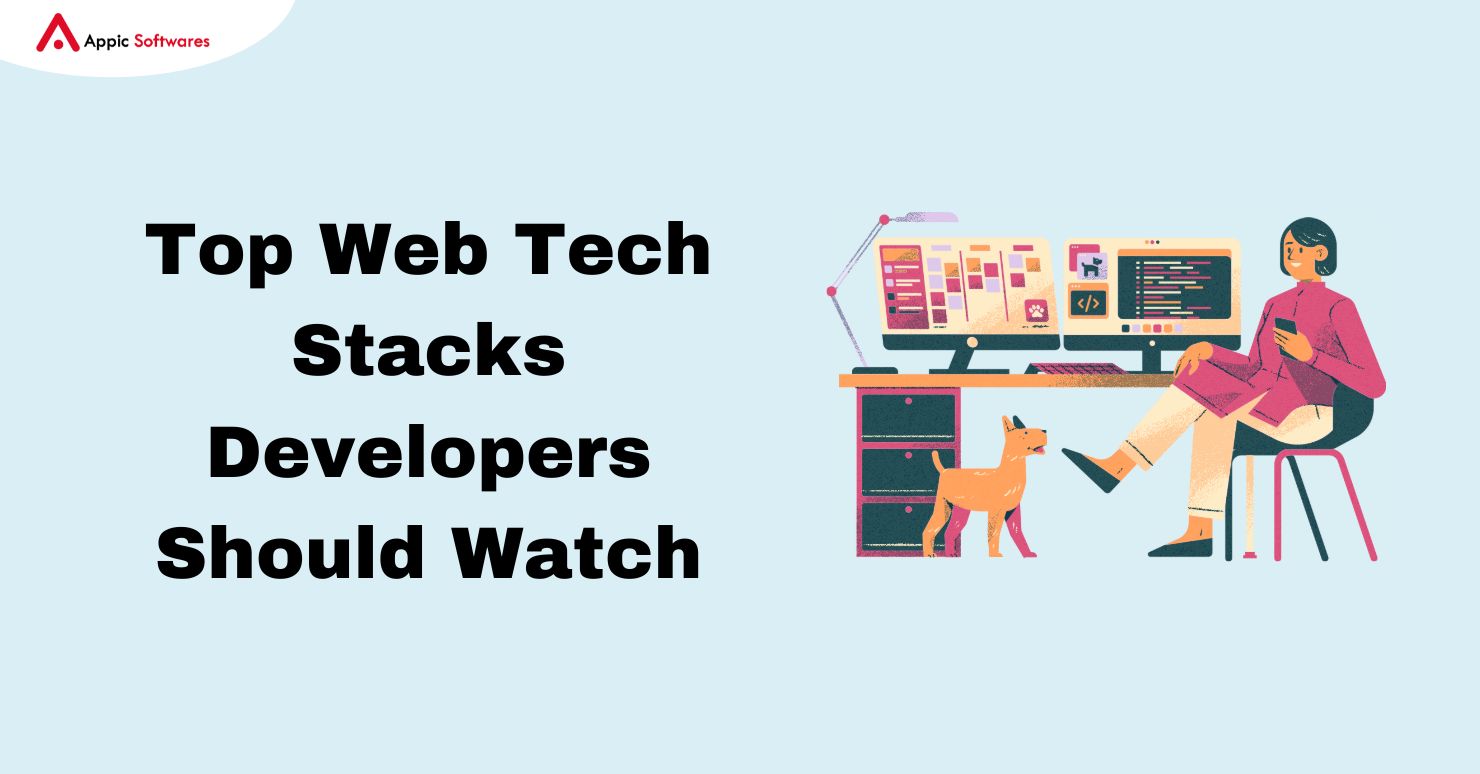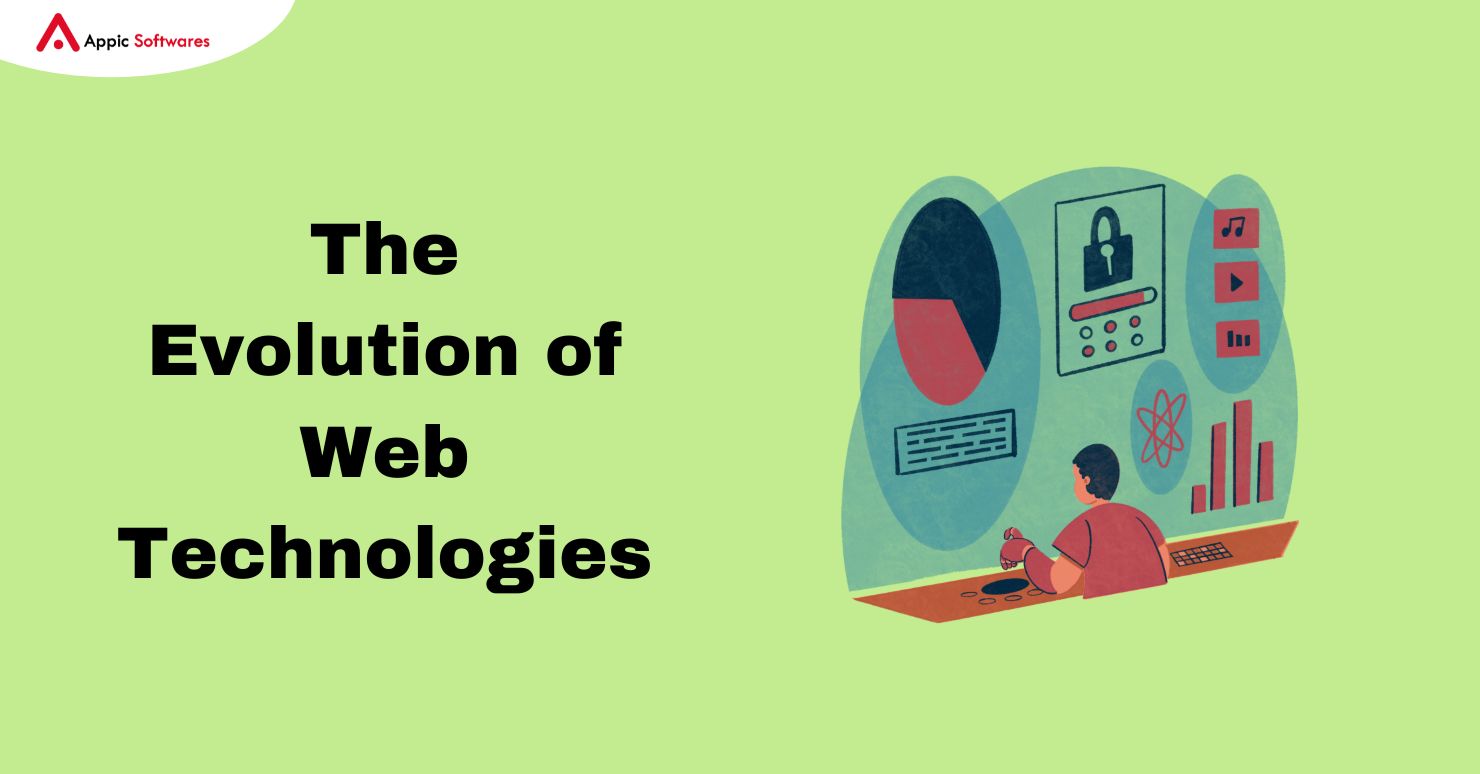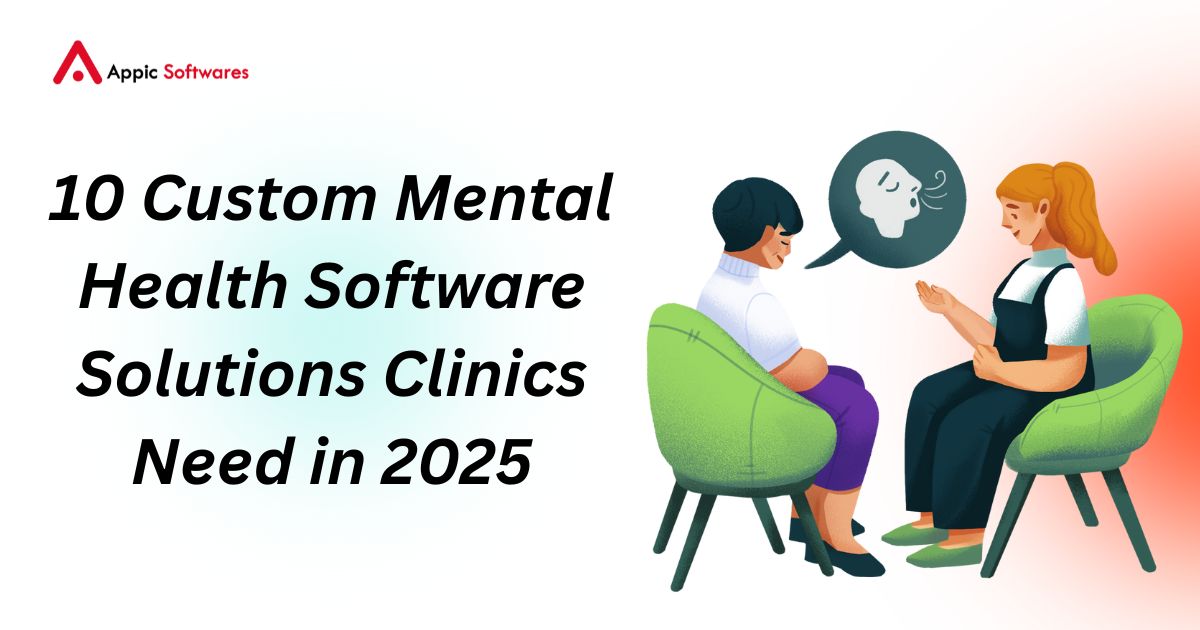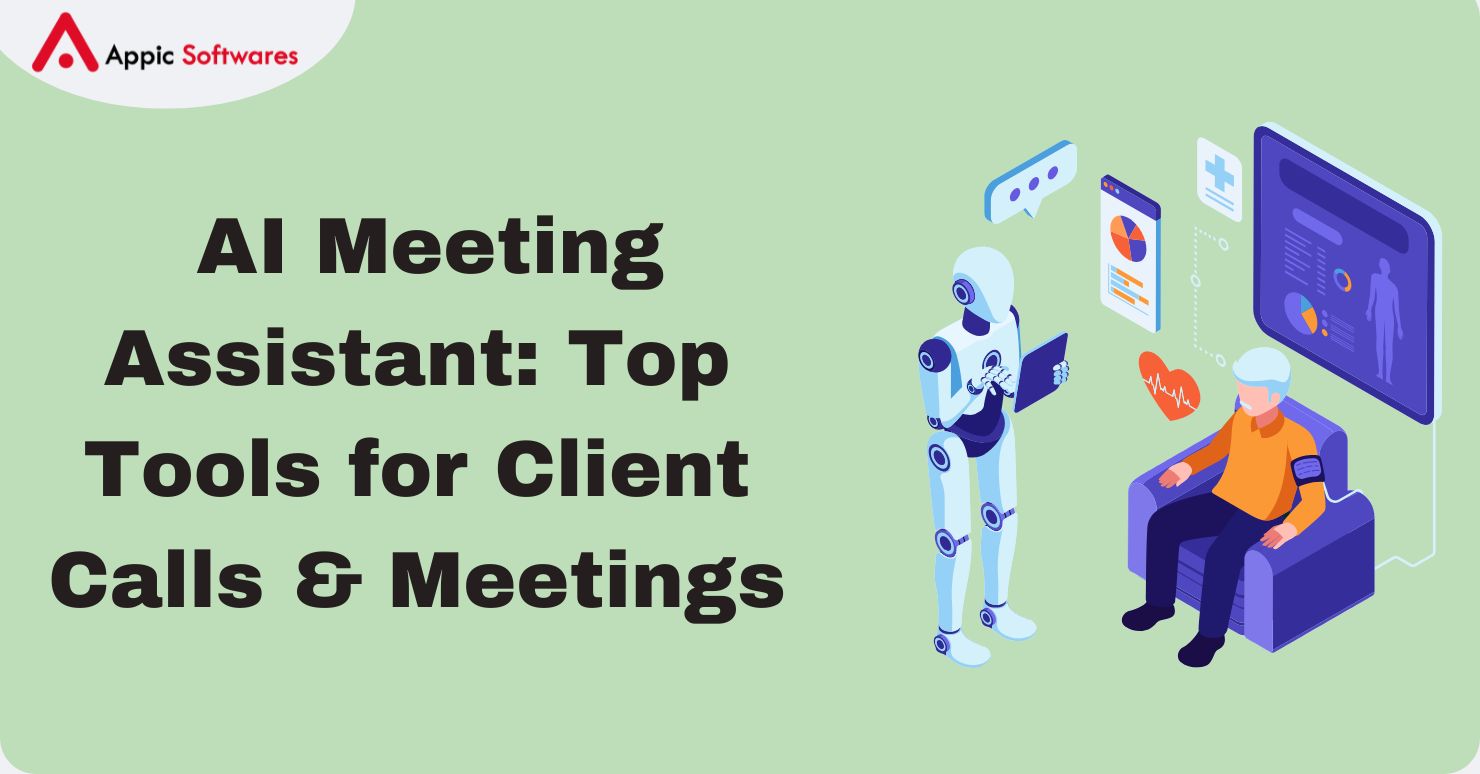
In today’s dynamic digital environment, technological advancement continues at a breakneck pace. Global connectivity, rapid innovation, and intense competition have transformed how businesses and developers operate. Web development, like many areas of technology, is undergoing constant transformation. Regardless of whether you’re a startup or an established enterprise, maintaining a robust and modern web presence, with the right web tech stacks, is now a business necessity.
As programming languages, frameworks, and tools continue to evolve, staying ahead of the curve is vital for any web development company. It’s not just about delivering attractive websites, it’s about secure, high-performance, SEO-friendly, and scalable digital experiences.
But what exactly does “web development technology” encompass? It includes all the programming languages, tools, and frameworks that developers use to build and maintain websites and web applications. From HTML and CSS to JavaScript, TypeScript, and beyond, these technologies shape how your digital product functions and performs.
Why is this important? Relying on outdated technology can lead to security risks, slower load times, reduced user experience (UX), and reduced search engine visibility. For website development companies in India or globally, adapting to new web technologies isn’t optional—it’s essential for staying relevant and competitive.
In this blog, we will explore the most influential web development technologies of 2025 and explain why adopting them is the smartest move any development team can make today.
The Evolution of Web Technologies

Web development has evolved dramatically, from simple HTML pages to intelligent, AI-powered applications. Gone are the days of static brochure-style websites. In 2025, websites are smarter, more interactive, and deeply integrated with databases, APIs, and advanced front-end capabilities.
Key Milestones in Web Tech Evolution:
- Mobile-First Design: With mobile devices becoming ubiquitous, designing for mobile-first has become a standard.
- API Integration: APIs allow seamless communication between web apps and services like CRMs, payment systems, and IoT devices.
- Cloud Migration: Hosting, storage, and computation have moved to cloud platforms, reducing overhead and increasing scalability.
- JAMstack Architecture: By decoupling frontend and backend, JAMstack (JavaScript, APIs, and Markup) improves speed, security, and developer experience.
Why 2025 Marks a Turning Point
- Generative AI is reshaping development by assisting with code, design, and content generation.
- Speed Matters: Websites that take more than 2 seconds to load risk losing users.
- Security Threats: As threats become more sophisticated, development stacks need to evolve to protect user data.
- Customization as a Standard: In 2025, customized, high-performance websites are the expectation, not the exception.
Learn more: MVP for ecommerce Website
Top 10 Web Development Technologies to Know
1. React 19
React, developed by Meta, is a dominant JavaScript library for building dynamic user interfaces. It introduces AI-assisted components, improved rendering with React Forget, and enhanced server component support.
Use Cases: SPAs, dashboards, mobile apps
Brands Using React: Meta, Airbnb, Netflix
Pros: Component reusability, large community, strong future roadmap
2. Next.js 14
Built on React, Next.js is a full-stack framework that supports SSR, API routes, and high-performance optimizations. Version 14 enhances scalability, SEO performance, and integration with Vercel. Explore top agencies using this stack in top Next.js development companies.
Use Cases: eCommerce platforms, SaaS tools, marketing websites
Used by: TikTok, Hulu, Twitch
Pros: Server-side rendering, image optimization, seamless Vercel deployment
3. Vue 3
Vue.js is a progressive JavaScript framework ideal for SPAs and interactive interfaces. Vue 3 introduces the Composition API and strong TypeScript support.
Use Cases: Admin panels, PWAs, marketing websites
Used by: Xiaomi, Alibaba, Grammarly
Pros: Easy learning curve, good documentation, scalable
4. Svelte & SvelteKit
Svelte compiles code into optimized JavaScript during build time, offering blazing-fast runtime performance. SvelteKit adds routing, SSR, and advanced configurations.
Use Cases: MVPs, PWAs, performance-critical apps
Used by: Square Enix, Spotify, Rakuten
Pros: Lightweight, great for mobile, readable syntax
5. Angular 17
Angular 17 is a robust TypeScript-based framework maintained by Google. With support for standalone components and improved SSR, it’s ideal for large-scale applications.
Use Cases: Enterprise platforms, secure apps, government portals
Used by: IBM, Upwork, Microsoft
Pros: All-in-one solution, strong typing, state management
6. WebAssembly (Wasm)
Wasm allows execution of C++, Rust, and Go code in the browser, enabling desktop-like performance for resource-intensive web apps.
Use Cases: Video editors, simulation apps, 3D tools
Used by: Adobe, Unity, AutoCAD
Pros: Fast execution, secure, multi-language support
7. Low-Code/No-Code Platforms
Platforms like Webflow, Bubble, and OutSystems empower users to build full apps or websites with mini
mal coding. Learn how FlutterFlow enables no-code web app development.
Use Cases: MVPs, internal tools, landing pages
Used by: Startups, marketing teams, agencies
Pros: Quick deployment, reduced costs, drag-and-drop simplicity
8. AI-Powered Development Tools
Tools like GitHub Copilot, Wix ADI, and Framer AI assist in coding, UI generation, and content creation.
Use Cases: Code documentation, UI layout, prototyping
Used by: Developers, SMEs
Pros: Productivity boost, error reduction, aids learning
9. JAMstack (JavaScript, APIs, Markup)
JAMstack separates frontend and backend, offering better performance, scalability, and security. Tools like Astro and Eleventy are popular.
Use Cases: Blogs, portfolios, headless eCommerce
Used by: Netlify, Smashing Magazine
Pros: Static-first, secure, SEO-friendly
10. PWAs and Headless CMS
Progressive Web Apps offer app-like experiences in the browser. When combined with headless CMSs like Strapi or Contentful, the result is a flexible and scalable digital stack.
Use Cases: Mobile-first experiences, omnichannel publishing
Used by: Pinterest, Starbucks, The Washington Post
Pros: Offline capabilities, fast loading, content flexibility
The Rise of Low-Code and No-Code

Low-code/no-code platforms are revolutionizing how teams build digital products. Marketers, PMs, and entrepreneurs can now deploy apps without deep technical knowledge.
Low-Code vs. No-Code Comparison
| Feature | Low-Code | No-Code |
|---|---|---|
| Ideal Users | Developers | Non-tech professionals |
| Use Cases | Dashboards, internal apps | Landing pages, MVPs, simple CMS |
| Flexibility | Medium to High | Limited |
| Custom Code Support | Yes | Minimal to none |
Want to get started quickly? Explore FlutterFlow No-Code Platform.
Popular Platforms to Know
- Webflow: Visually stunning marketing sites
- Bubble: Drag-and-drop full app builder
- OutSystems: Enterprise-grade application development
- Wix ADI / Framer AI: Easy-to-use AI-assisted website builders
Challenges To Consider
While low-code and no-code platforms bring speed and accessibility, they come with a few trade-offs. One of the primary concerns is vendor lock-in—migrating to a different platform later can be complex and costly. There’s also limited backend customization, which may restrict flexibility for advanced functionalities. Performance bottlenecks can arise as projects grow, especially when using visual builders not optimized for scalability. Lastly, although marketed as beginner-friendly, some platforms still have a learning curve, particularly when trying to achieve polished, custom designs or integrations.
How Leading Agencies Use Low-Code
Top web development agencies are leveraging low-code tools strategically. For instance, many use Webflow to prototype MVPs, enabling rapid feedback and iteration quickly. Once validated, they scale the product using more robust frameworks like Next.js. Similarly, Framer AI is often used to craft sleek marketing websites, while the core product or dashboard is built using React for better control and performance. Additionally, agencies often adopt a headless CMS like Sanity to manage content, while using modern frontend frameworks such as SvelteKit to build lightweight, fast-loading interfaces. This hybrid approach combines the benefits of both speed and scalability.
Which Technology Is Best?
There is no single best option. The right technology depends on:
- Project goals (MVP vs. enterprise product)
- Team expertise
- Required integrations
- Long-term scalability
Recommendations by Use Case
- React + Next.js: Ideal for performance and SEO
- Webflow: Great for rapid launch
- SvelteKit: Top choice for mobile performance
- Bubble/OutSystems: Good for internal tools without technical complexity
- Angular: Best for large, structured enterprise projects
Languages and Frameworks Used by Leading Web Development Companies
Frontend Technologies
- JavaScript remains dominant
- TypeScript adoption is growing rapidly
- React, Vue, and Svelte are framework leaders
Backend Technologies
- Node.js: Real-time, scalable apps
- Python/Django: Data-focused and AI-driven platforms
- Go: Performance-intensive applications
Cloud & Hosting Solutions
- Enterprise: AWS, Google Cloud
- Startup-friendly: Firebase, Supabase
- Modern Stack: Vercel, Netlify for JAMstack deployments
Key Factors to Consider When Choosing a Web Technology

| Factor | Why It Matters |
| Scalability | Ensures the product grows with user demand |
| Developer Ecosystem | Availability of libraries, plugins, and talent |
| Community Support | Helps troubleshoot and innovate faster |
| Learning Curve | Determines speed of team onboarding |
| Security Compliance | Essential for regulated industries |
| Performance | Affects
best online pharmacy with fast delivery purchase levitra soft online with the lowest prices today in the USA
SEO and user experience |
| Future-Readiness | Ensures longevity of your platform |
Conclusion
Web development is about delivering meaningful digital experiences that are scalable, fast, and secure. Whether it’s through React, SvelteKit, Webflow, or AI tools, the goal should be to align technology with business needs.
For startups, quick iteration with low-code platforms might be ideal. For enterprises, full-scale custom development offers better flexibility and control. The smartest development companies don’t chase every trend, they choose tools that support long-term growth and user satisfaction.
The smartest web and mobile app development company doesn’t chase every trend, they choose tools and stacks that ensure long-term growth, user satisfaction, and future-readiness.
Make your tech stack a foundation for success, not a source of complexity.
Are you seeking to equip your web or mobile app for the future using the most recent technology stack?
Partner with Appic Softwares, the leading web and mobile app development company known for scalable, secure, and modern digital solutions.
Let’s build your next big digital product together! Reach out to us now.
FAQs
1. What is a development stack in web development?
A development stack (also called a tech stack) is a combination of programming languages, frameworks, and tools developers use to buil
d and run a website or web application. It typically includes both frontend (client-side) and backend (server-side) technologies.
2. What are the most popular web development stacks in 2025?
The most popular tech stacks for web development in 2025 include:
-
MERN (MongoDB, Express.js, React, Node.js)
-
MEVN (MongoDB, Express.js, Vue.js, Node.js)
-
JAMstack (JavaScript, APIs, Markup)
-
Next.js + React + Vercel
-
SvelteKit + Supabase (for lightweight apps)
3. What is a full stack developer?
A full stack developer is someone skilled in both frontend (user interface) and backend (server logic, database) development. They can work across the entire technology stack—from designing responsive UIs to deploying server-side logic and APIs.
4. Which is the best front-end technology stack in 2025?
Top front-end technology stacks in 2025 include
-
React 19 + Next.js 14
-
Vue 3 + Vite
-
Svelte + SvelteKit
-
Webflow/Framer AI (no-code alternatives)
These offer performance, scalability, SEO-friendliness, and great developer experience.








